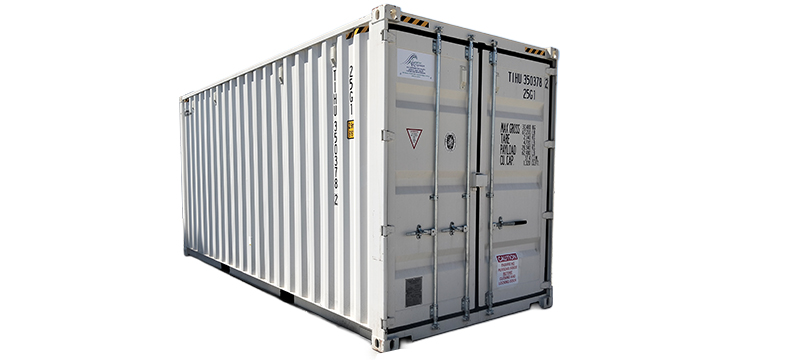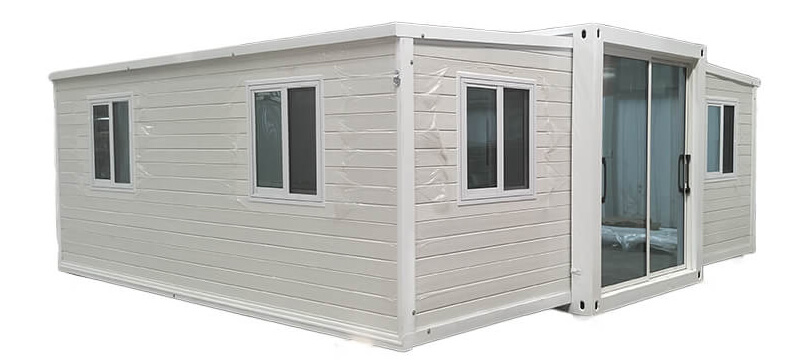With housing affordability challenges, rapid urbanisation, and an increasing focus on sustainability, converting retired shipping containers into homes or home extensions is gaining traction across Australia. What was once considered a niche design choice is now proving to be a practical, eco-conscious and cost-effective solution.
Here’s why more Australians—from architects to owner-builders—are giving these steel giants a second life:
1. Sustainability That Makes Sense
Australia imports far more shipping containers than it exports, leaving many sitting unused in ports or storage yards. Repurposing these containers for housing diverts them from waste streams and reduces reliance on traditional construction materials like bricks and concrete, which have higher environmental footprints. For those committed to reducing their carbon impact, it’s a tangible and immediate action.
2. Cost-Effective Construction
With average build costs in Australia continuing to climb—especially in capital cities—shipping containers offer a more affordable entry point to home ownership or expansion. The structural shell is already built, saving on materials and labour. This makes them an attractive choice for backyard studios, granny flats, and affordable housing developments, particularly in regional areas where budgets can be tight.
3. Speed of Build
Container conversions can be completed far faster than traditional builds—often within weeks. Prefabrication off-site means reduced disruption to neighbours and faster approval timelines in some councils. In markets like Sydney and Melbourne, where demand for housing far outpaces supply, this speed is a significant advantage.
4. Design Flexibility
Australian designers are pushing the boundaries of what’s possible with containers—combining them into striking multi-storey homes, sleek coastal retreats, and functional rural extensions. Timber cladding, large glass panels, and native landscaping can turn a once-industrial box into a warm, welcoming space that complements the Australian lifestyle.
5. Durability and Strength
Built to survive rough ocean voyages, shipping containers are engineered to handle Australia’s diverse climates—from coastal salt spray to the heat and dust of the outback. With proper insulation and ventilation, they can provide comfortable, weather-resistant spaces for decades.
6. Mobility and Adaptability
For rural and regional Australians, the ability to relocate a container dwelling is a game-changer. Whether you’re moving for work, adapting to seasonal changes, or adding temporary accommodation to a property, containers offer flexibility that fixed structures can’t match.
The Bottom Line Container conversions in Australia represent the intersection of sustainability, affordability and innovation. Whether you’re expanding your home, developing regional housing, or creating a unique rental unit, shipping containers are a practical, future-focused solution.
So next time you pass the stacks of containers in Fremantle, Botany, or Brisbane’s port, imagine them not as cargo, but as light-filled living rooms, rooftop retreats, or cosy guest suites. With the right design, the possibilities are as limitless as the Aussie ingenuity behind them.



